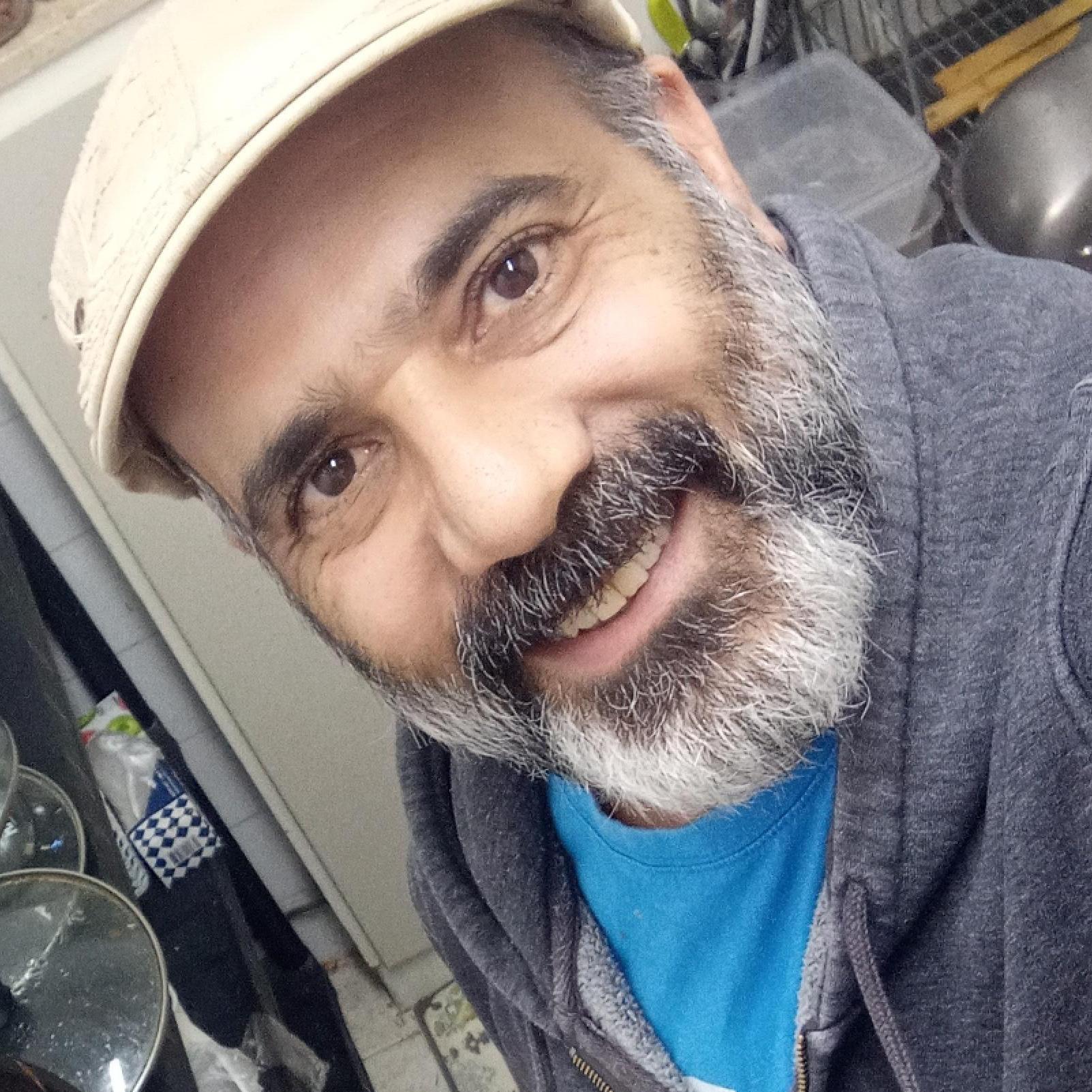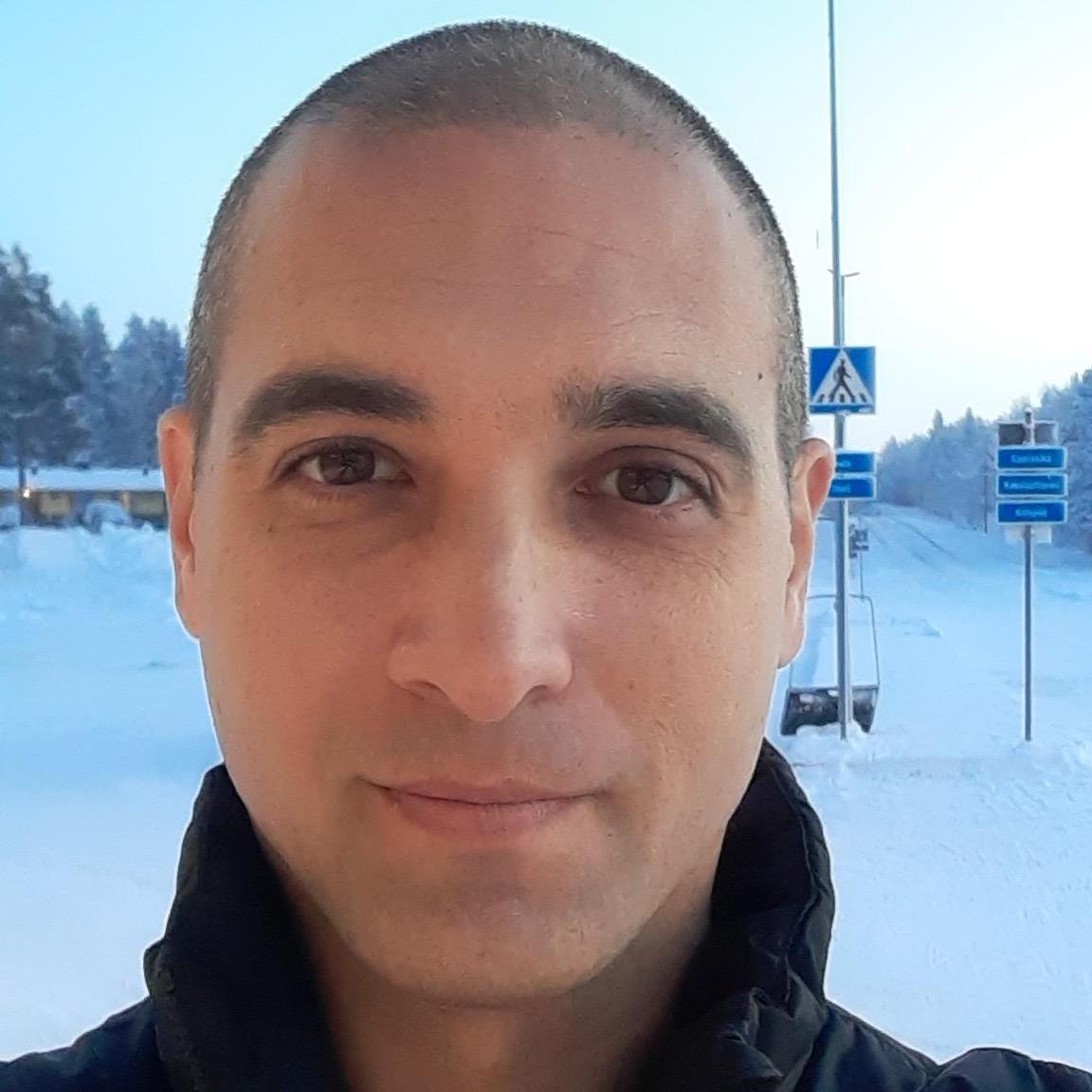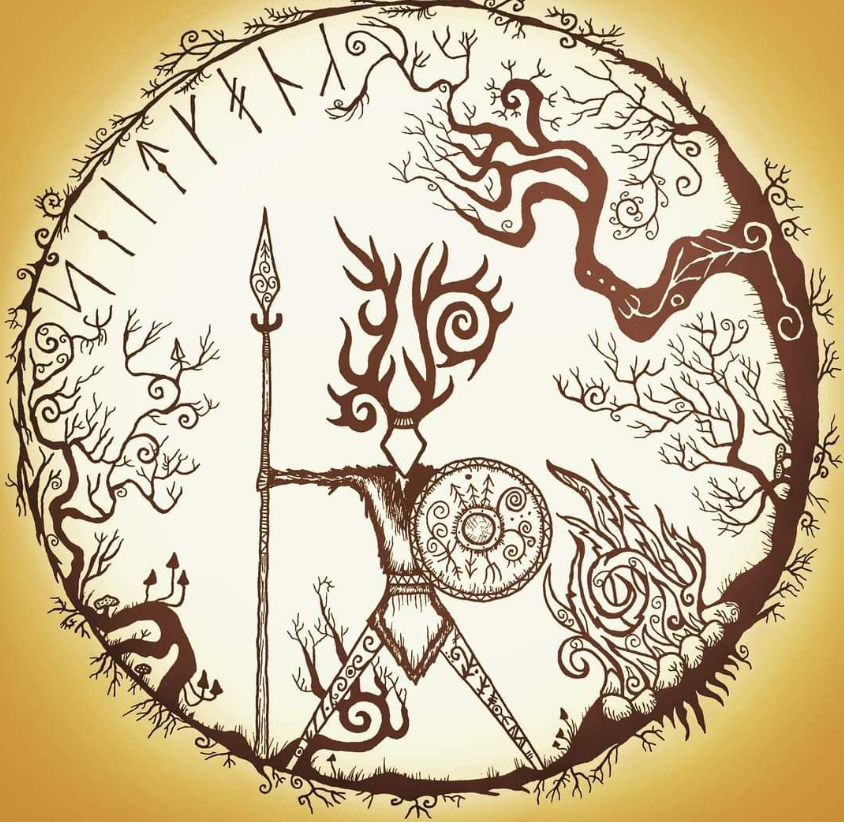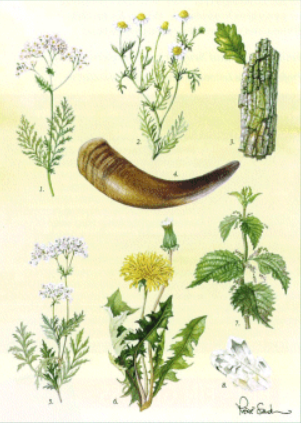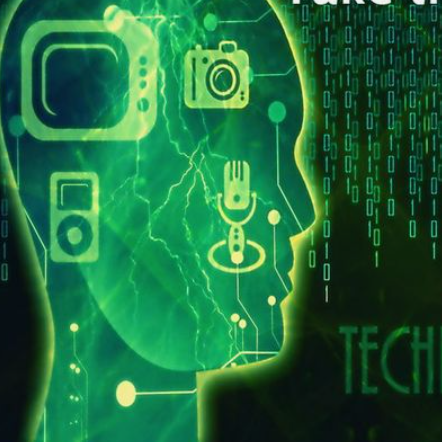- 10 Δημοσιεύσεις
- 2 τις φωτογραφίες μου
- 0 Videos
- System Administrator στο The Matrix
- ζει στην Zion
- Από Zion
- Male
- μόνος
- 01/01/1905
- ακολουθείται από 915 μέλη
Πρόσφατες ενημερώσεις
- Sherlock -> Hunt down social media accounts by username across...Sherlock -> Hunt down social media accounts by username across...GITHUB.COMGitHub - sherlock-project/sherlock: Hunt down social media accounts by username across social networksHunt down social media accounts by username across social networks - sherlock-project/sherlock0 Σχόλια 0 Μοιράστηκε 1607 Views 0 Προεπισκόπηση2
 Παρακαλούμε συνδέσου στην Κοινότητά μας για να δηλώσεις τι σου αρέσει, να σχολιάσεις και να μοιραστείς με τους φίλους σου!
Παρακαλούμε συνδέσου στην Κοινότητά μας για να δηλώσεις τι σου αρέσει, να σχολιάσεις και να μοιραστείς με τους φίλους σου! - Know Your Enemies...Know Your Enemies...GITHUB.COMGitHub - sundowndev/phoneinfoga: Information gathering framework for phone numbersInformation gathering framework for phone numbers. Contribute to sundowndev/phoneinfoga development by creating an account on GitHub.0 Σχόλια 0 Μοιράστηκε 1582 Views 0 Προεπισκόπηση
 2
2
- Join the open source A.I Revolution and contribute...Join the open source A.I Revolution and contribute...HUGGINGFACE.COhooking-dev/Monah-8b-Uncensored · Hugging FaceWe’re on a journey to advance and democratize artificial intelligence through open source and open science.0 Σχόλια 0 Μοιράστηκε 1577 Views 0 Προεπισκόπηση2

- Just like Tor users, the developers, researchers, and founders who've made Tor possible are a diverse group of people. But all of the people who have been involved in Tor are united by a common belief: internet users should have private access to an uncensored web.
In the 1990s, the lack of security on the internet and its ability to be used for tracking and surveillance was becoming clear, and in 1995, David Goldschlag, Mike Reed, and Paul Syverson at the U.S. Naval Research Lab (NRL) asked themselves if there was a way to create internet connections that don't reveal who is talking to whom, even to someone monitoring the network. Their answer was to create and deploy the first research designs and prototypes of onion routing.
The goal of onion routing was to have a way to use the internet with as much privacy as possible, and the idea was to route traffic through multiple servers and encrypt it each step of the way. This is still a simple explanation for how Tor works today.
In the early 2000s, Roger Dingledine, a recent Massachusetts Institute of Technology (MIT) graduate, began working on an NRL onion routing project with Paul Syverson. To distinguish this original work at NRL from other onion routing efforts that were starting to pop up elsewhere, Roger called the project Tor, which stood for The Onion Routing. Nick Mathewson, a classmate of Roger's at MIT, joined the project soon after.
From its inception in the 1990s, onion routing was conceived to rely on a decentralized network. The network needed to be operated by entities with diverse interests and trust assumptions, and the software needed to be free and open to maximize transparency and decentralization. That's why in October 2002 when the Tor network was initially deployed, its code was released under a free and open software license. By the end of 2003, the network had about a dozen volunteer nodes, mostly in the U.S., plus one in Germany.Just like Tor users, the developers, researchers, and founders who've made Tor possible are a diverse group of people. But all of the people who have been involved in Tor are united by a common belief: internet users should have private access to an uncensored web. In the 1990s, the lack of security on the internet and its ability to be used for tracking and surveillance was becoming clear, and in 1995, David Goldschlag, Mike Reed, and Paul Syverson at the U.S. Naval Research Lab (NRL) asked themselves if there was a way to create internet connections that don't reveal who is talking to whom, even to someone monitoring the network. Their answer was to create and deploy the first research designs and prototypes of onion routing. The goal of onion routing was to have a way to use the internet with as much privacy as possible, and the idea was to route traffic through multiple servers and encrypt it each step of the way. This is still a simple explanation for how Tor works today. In the early 2000s, Roger Dingledine, a recent Massachusetts Institute of Technology (MIT) graduate, began working on an NRL onion routing project with Paul Syverson. To distinguish this original work at NRL from other onion routing efforts that were starting to pop up elsewhere, Roger called the project Tor, which stood for The Onion Routing. Nick Mathewson, a classmate of Roger's at MIT, joined the project soon after. From its inception in the 1990s, onion routing was conceived to rely on a decentralized network. The network needed to be operated by entities with diverse interests and trust assumptions, and the software needed to be free and open to maximize transparency and decentralization. That's why in October 2002 when the Tor network was initially deployed, its code was released under a free and open software license. By the end of 2003, the network had about a dozen volunteer nodes, mostly in the U.S., plus one in Germany.WWW.TORPROJECT.ORGThe Tor Project | Privacy & Freedom OnlineDefend yourself against tracking and surveillance. Circumvent censorship.0 Σχόλια 0 Μοιράστηκε 2465 Views 0 Προεπισκόπηση1
- @2024 - AI - Take a NOTE and REMEMBER!!@2024 - AI - Take a NOTE and REMEMBER!!0 Σχόλια 0 Μοιράστηκε 2299 Views 0 Προεπισκόπηση
- #LLM #ML #MachineLearning Learn how to create your own GPT Transformer.. Great Manual.
 0 Σχόλια 0 Μοιράστηκε 3878 Views 0 Προεπισκόπηση2
0 Σχόλια 0 Μοιράστηκε 3878 Views 0 Προεπισκόπηση2
- #AliensOnEarth
Check it out, its a must!!#AliensOnEarth Check it out, its a must!! 0 Σχόλια 0 Μοιράστηκε 3041 Views 0 Προεπισκόπηση2
0 Σχόλια 0 Μοιράστηκε 3041 Views 0 Προεπισκόπηση2
και άλλες ιστορίες










